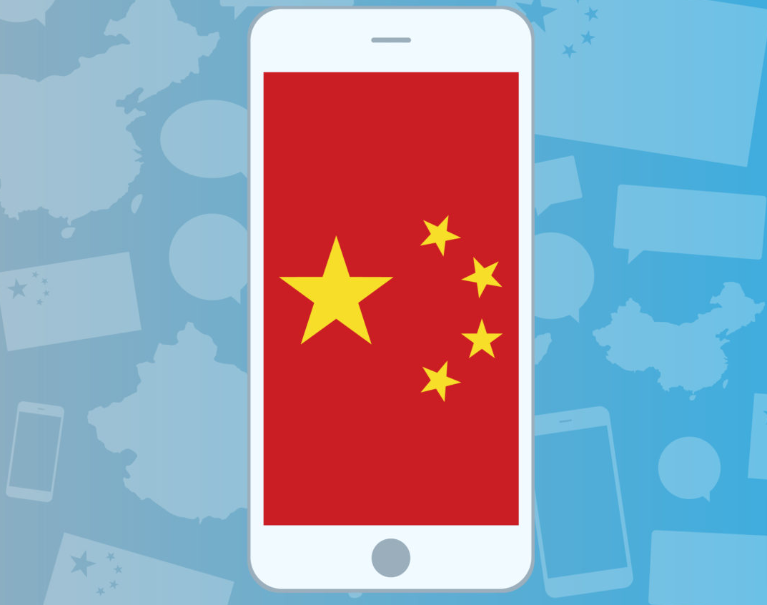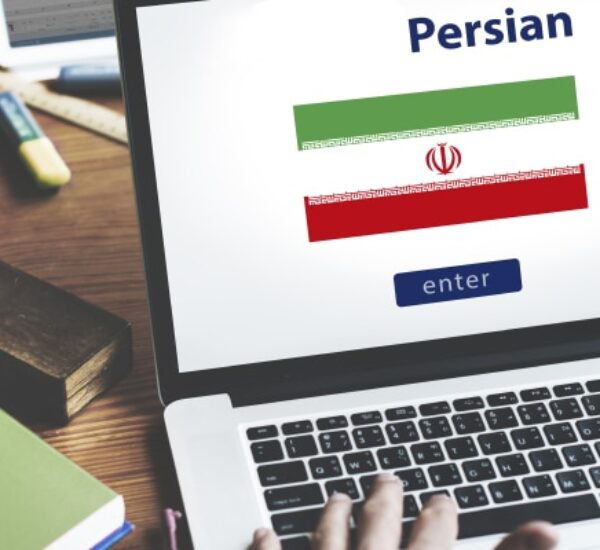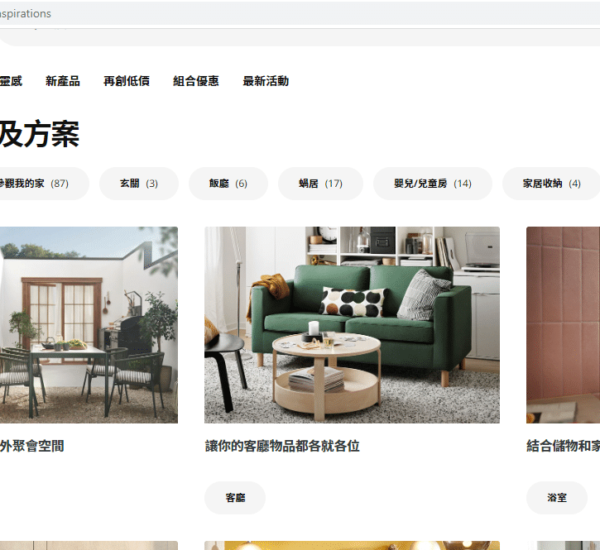Recently updated on January 12th, 2024 at 10:05 am
Localizing your English website and APP for another overseas market requires skills and experience and it’s quite time-consuming. You must have an in-depth knowledge of your target market even though the country is one of the English-speaking countries. It might be relatively straightforward to localize the website and APP for most English-speaking countries considering the related history. However, Chinese website and APP localization is not an easy task.
In this article, we’ll review:
Table of Contents
Compared with translation, Chinese website localization is a step further. Instead of merely translating words into Chinese, localization makes sure every element of the website and APP aligns perfectly with your target audience’s expectations. Apart from the language you use, you have to make sure other components are culturally adapted, for instance, the user interface, user experience, images, emojis, icons, fonts, colours, etc. When localizing for markets using Latin scripts, the changes can be relatively small. However, for the Chinese market that uses Chinese characters, the jump to meet the cultural and historical allusions can be quite huge. In this post, we’re going to look at how to carry out Chinese website and app localization.

Top 7 Tips for Chinese Website and APP Localization
Because of its size, China is perhaps the archetypal Asian market. It is also a “closed” market, where many Western apps and websites are either outright blocked or simply aren’t used. This has allowed smart Chinese web developers to jump in and create their own localized versions of apps famous elsewhere, specifically adapted to suit their own market.
This has led to some major differences between how Chinese e-commerce website design works and how it works in the rest of the world. When it comes to Chinese website and App localization, there’s a lot of ground to cover. It’s critical to note that these ideas are in general applicable but not identical across various Chinese-speaking regions and communities. In-depth knowledge of your target market and audience, in particular, can’t be stressed enough while translating a website from English to Chinese.
Image Symbolism
Gestures, signs, and icons acceptable in one culture might be offensive in another. For instance, the arrow “→” is usually used to tell directions, however, in the Chinese market it’s usually denoted as “to discover, to learn more”.
Chinese consumers love images as a saying goes “a picture is worth a thousand words”. A great deal of emphasis is placed on the visual demonstrating the benefits of the products rather than using plain text.
Colour Symbolism
Colours might have different denotations respectively in the West and in China. Examples:
White – the colour white is usually associated with death or mourning in China while in the West it’s often the black colour.
Red – Red is a festive color used in celebrations like the Chinese New Year, weddings, national holiday celebrations, etc. It’s also the symbolic colour of the Chinese flag. However, red is the typical color used by revolutionaries to represent the people in the French Revolution.
Yellow – Yellow is an imperial color in China representing royalty and nobility while in the West yellow is a bright, cherry color that is associated with happiness and warmth.
The Use of Emojis and Mascots
If you take a look at some Chinese apps or take a recap of 2009 Beijing Summer Olympic Games and 2022 Beijing Winter Olympic Games, you would easily notice the preponderance of characters or mascots that appear quite cute to Western eyes. Some brands might have mascots that are quite comical and cartoon-like, for instance, the mascot of JD, one of the largest e-commerce platforms in China.
The Complexity of Design
Completely opposite to Western websites that tend to use a minimalist design, Chinese websites are usually fully loaded with information in a single webpage. There’re plenty of images of the products, multiple colors, lengthy menus, plenty of sounds, animations, and graphics.
All-in-One Page and Menus
As mentioned above, the Western website is low contextual while the Chinese website is high contextual. It seems like they’re stuffing all information into a single webpage. There might create the impression as if it’s not the page, it’s not on the site. Therefore, Chinese website and app designs are more likely to embed a menu where everything can be seen easily.
The Challenges of Chinese Characters
There’re many challenges with the Chinese web fonts as different fonts can lead to the expansion or shrinkage of the webpage that has an impact on user experience.
Group Decisions, Respect Seniors and Family
Western culture attaches more importance to individualism while Chinese culture is more collective. This has several impacts on Chinese website and APP localization.
Frequently Asked Questions
What is the Locale for Chinese?
The standard locale for simplified Chinese is zh_CN.
What is Web App Localization for China?
Web App localization for China refers to the process of translating and localizing your content to be linguistically, legally, and culturally appropriate for the Chinese market.
What Are the Most Popular Apps in China in 2022?
1. WeChat
2. Alipay
3. QQ
4. iQiyi
5. Taobao
6. Tencent Video
7. Youku
8. Kuaishou
9. Sina Weibo
10. Sogou Pinyin

Digital Entrepreneur and Co-Founder of Chinese Copywriter
Having lived and worked in Europe for 6 years, Ting returned to her hometown Guangzhou with the mission to help international businesses succeed in the Chinese market. With 15 years of marketing / web design background, Ting has proven records of digital marketing successes in China. Ting has been featured on diverse mainstream medias in China, including Southern TV, Sina News, Toutiao News, GRT News, etc.



